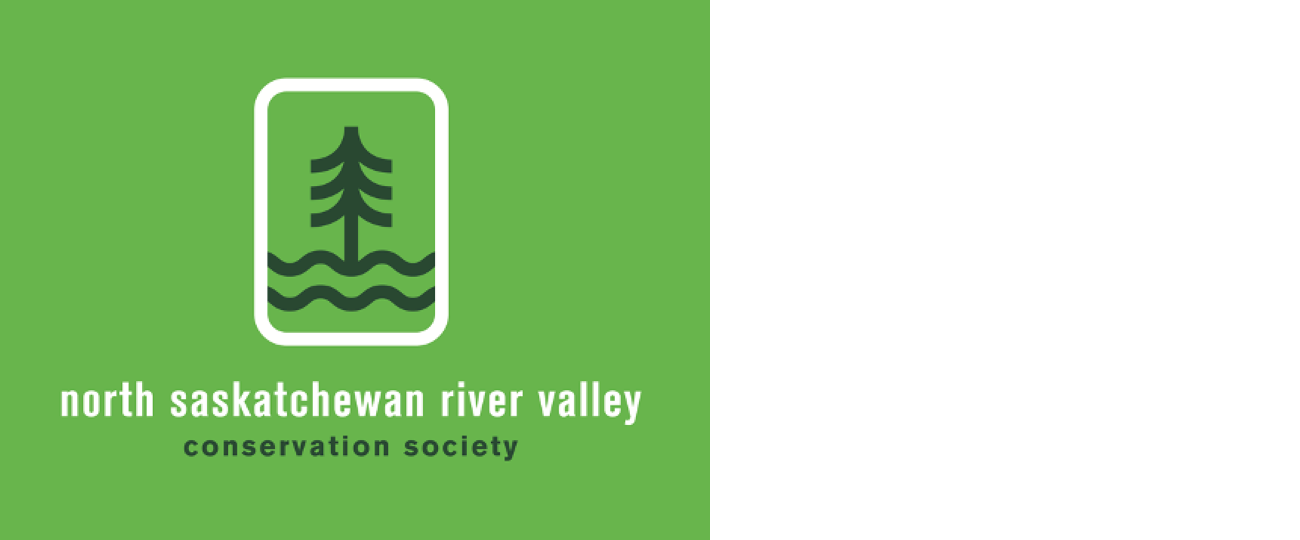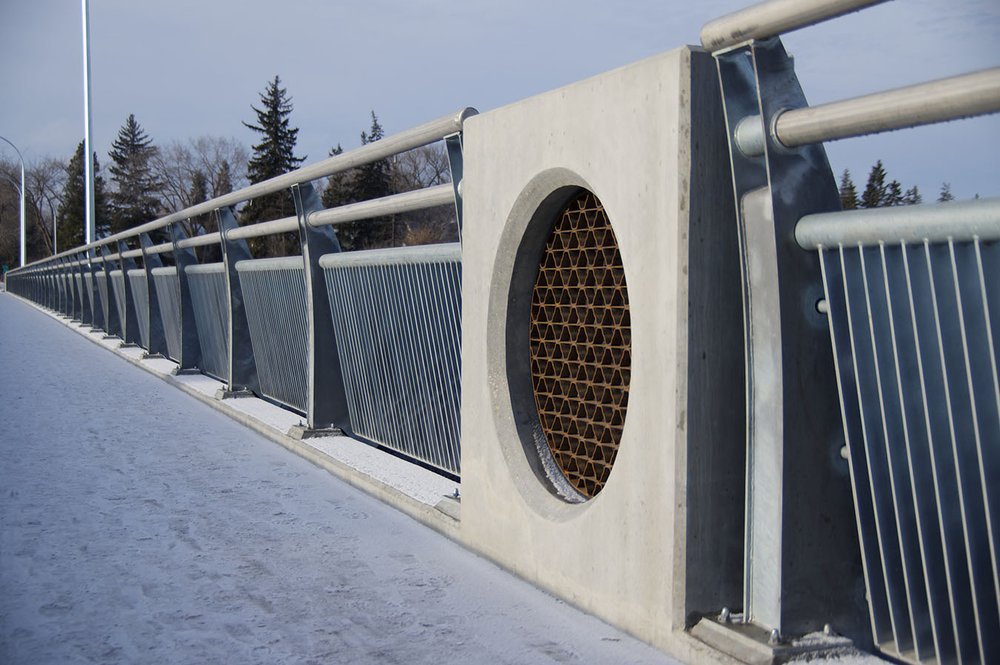How do freshwater turtles survive a Canadian winter
Turtles are ectotherms, cold-blooded, hence their body temperature is determined by the environment. They avoid sub-freezing temperatures by remaining on the bottom of wetlands, lakes and rivers. Ice covers the top of these waterbodies but on the bottom the water remains liquid, but very cold.
How can they survive so long without breathing? The only reason they can do this is because the temperature of the water and their bodies are so cold. A study in Ontario found that the body temperature of turtles remained around 1C all winter long. By having a very low body temperature, turtles reduce the amount of oxygen they need.
One would expect turtles sitting on the bottom of the pond with a body temperature of 1C to be completely inert and unresponsive, yet they seem to be aware of what is going on around them and can even move. A study on Wood Turtles in winter found they moved up to 10 metres.
Video of turtles hibernating https://blog.cwf-fcf.org/index.php/en/how-do-freshwater-turtles-survive-a-canadian winter/#:~:text=They%20would%20freeze%20to%20death,of%20wetlands%2C%20lakes%20and%20rivers
Kaskitewâw Asiskîy or Blackmud Creek rich in history
The headwaters of Kaskitewâw Asiskîy, the Cree word for Blackmud Creek, are located near Nisku. It meanders north, crossing Highway 2 before entering Edmonton. Blackmud Creek offers ample opportunities to enjoy nature through interactions made available at numerous urban parks.
The creek and ravine are rich in history. Calvin Bruneau of Papaschase First Nation has been looking for the Kaskitewâw Asiskîy burial ground since the mid-1990s to find physical evidence to support the nation’s claims. He discovered oral histories suggesting the burial ground had been in use prior to their second forcible displacement and disputed surrender of the land in 1888.
In 2019, using ground-penetrating radar, the University of Alberta and Papaschase First Nation conducted an unmarked grave survey at the suspected site, which is on land owned by the City of Edmonton and Taylor Seminary. The remote sensing data did locate some graves where the Elders and community members believed the burials to be but future research will be needed.
Blackmud Creek joins Whitemud Creek in Mactaggart Sanctuary before traveling the final distance to the North Saskatchewan River. Blackmud Creek walking map https://www.edmonton.ca/sites/default/files/public-files/assets/PDF/201701_blackmud_heritage_map.pdf?cb=1624667971
Roman Fodchuk the landscape architect who completed the Capital City Recreation Park
For those interested in the history of our river valley, the City of Edmonton Archives is pleased to announce that the Roman Fodchuk fonds is now available to the public, with a description of the holdings available on its database. Fodchuk was the landscape architect hired by the City and Provincial Government to complete the Capital City Recreation Park, beginning in 1975.
This part of the River Valley stretched from Kinsmen Park and the Alberta Government Centre to Strathcona Science Park and Hermitage Park. He created hiking and biking trails, cross country ski mazes and downhill ski slopes, purchased land to create wildlife throughway when there was none, planted up areas to limit erosion and landslides, and developed the riverbank to limit flooding damage into the future.
The initial collection came from Roman and the archives continues to receive further materials from the estate. The collection was appraised by the National Archival Appraisal Board as a significant collection of Canadian History. View the yeg_archives Instagram page to see images and blueprints of his projects. Roman Fodchuk fonds at https://cityarchives.edmonton.ca/roman-fodchuk-fonds
Are Hawrelak Park trees the canary in the coal mine
Virendra writes "Why can’t we reverse the decision to cut down all these trees in Hawrelak Park? We should do everything we can to save these trees. Can’t imagine a development or improvement of Hawrelak Park that will be worth cutting hundreds of trees. Whatever delay not cutting the trees would cause will be well worth it. Why is a development that will cause so much destruction of nature worth it? What did the cost benefit show?"
Jane wrote "Cannot believe that City planners think the public would prefer concrete to trees in Hawrelak Park. Cutting down 220 trees is an absolutely mind-boggling blunder that will take many years to overcome. There must be some way to stop this destruction."
Reign by Mary Anne Barkhouse, INIW River Lot 11, 10380 Queen Elizabeth Park Road. Connor McNally still. https://www.edmontonpublicart.ca/#!/details/190
Comment or contribution
Please note that articles may not reflect the position of NSRVCS. River Valley News is meant to be a clearinghouse for the wide variety of opinions and ideas about Edmonton’s River Valley. Email river valley photos, event information, comments, or questions to nsrivervalley@gmail.com
Sincerely yours,
Harvey Voogd
North Saskatchewan River Valley Conservation Society
780.691.1712
















